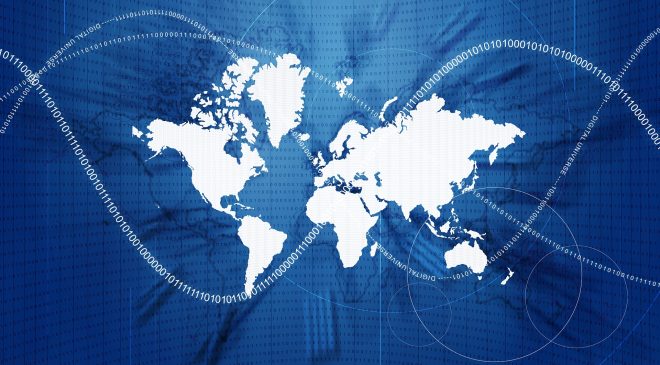
New manufacturing sites join the World Economic Forum’s Global Lighthouse Network as leaders in applying Fourth Industrial Revolution technologies.
A community of world-leading manufacturers using Fourth Industrial Revolution technologies to enable bottom-line growth, despite the COVID-19 pandemic’s unprecedented disruption, 93 per cent of manufacturers achieved an increase in product output and found new revenue streams.
In a recently released report by the World Economic Forum, leading innovators created new revenue streams while driving environmental sustainability – 53 per cent are seeing measurable and marked environmental sustainability benefits. Some have seen almost a total reduction in CO2 emissions, double-digit increases in efficiency and reduction in material use.
The new report, Reimagining Operations for Growth, outlines how manufacturers accomplished these results.
The Lighthouse Network and its 69 sites are a platform to develop, replicate and scale innovations, creating opportunities for cross-company learning and collaboration, while setting new benchmarks for the global manufacturing community.
While 74 per cent of companies remained stuck in pilot purgatory in 2020, research based on learnings from the network reveals that scalable Fourth Industrial Revolution technologies are key to long-term growth.
By fully embracing agile ways of working, these manufacturers have been able to respond to disruption and ongoing shifts in supply and demand along their production network and value chains. They also prioritized workforce development – reskilling and upskilling employees for advanced manufacturing jobs – at the same pace and scale.
The new Lighthouses in Asia includes:
- Bosch (Suzhou, China): As a role model of manufacturing excellence within the group, Bosch Suzhou deployed a digital transformation strategy in manufacturing and logistics, reducing manufacturing costs by 15 per cent while improving quality by 10 per cent.
- Foxconn (Chengdu, China): Confronted with fast-growing demand and labour skill scarcity, Foxconn Chengdu adopted mixed reality, artificial intelligence (AI) and internet of things (IoT) technologies to increase labour efficiency by 200 per cent and improve overall equipment effectiveness by 17 per cent.
- HP Inc. (Singapore): Facing an increase in product complexity and labour shortages leading to quality and cost challenges, along with a move at the country level to focus on higher-value manufacturing, HP Singapore embarked on its Fourth Industrial Revolution journey to transform its factory from being manual, labour intensive and reactive to being highly digitized, automated and driven by AI, improving its manufacturing costs by 20 per cent, and its productivity and quality by 70 per cent.
- Midea (Shunde, China): To expand its e-commerce presence and overseas market share, Midea invested in digital procurement, flexible automation, digital quality, smart logistics and digital sales to improve product cost by 6 per cent, order lead times by 56 per cent and CO2 emissions by 9.6 per cent.
- ReNew Power (Hubli, India): Facing exponential asset growth and rising competitiveness from new entrants, ReNew Power, India’s largest renewables company, developed Fourth Industrial Revolution technologies, such as proprietary advanced analytics and machine learning solutions, to increase the yield of its wind and solar assets by 2.2 per cent, reduce downtime by 31 per cent without incurring any additional capital expenditure, and improve employee productivity by 31 per cent.
- Tata Steel (Jamshedpur, India): Facing operational KPI stagnation and an impending loss of captive raw material advantage, Tata Steel Jamshedpur’s 110-year-old plant with deeply rooted cultural and technology legacies deployed multiple Fourth Industrial Revolution technologies, such as machine learning and advanced analytics in procurement to save 4 per cent on raw material costs, and prescriptive analytics in production and logistics planning to reduce the cost of serving customers by 21 per cent.
- Tsingtao Brewery (Qingdao, China): Facing growing consumer expectations for personalized, differentiated and diverse beers, Tsingtao Brewery rethought its use of smart digital technologies along its value chain to enable its 118-year-old factory to meet consumer needs, reducing customized order and new product development lead times by 50 per cent. As a result, it increased its share of customized beers to 33 per cent and revenue by 14 per cent.
- Wistron (Kunshan, China): In response to high-mix and low-volume business challenges, Wistron leveraged AI, IoT and flexible automation technologies to improve labour, asset and energy productivity, not only in production and logistics but also in supplier management, improving manufacturing costs by 26 per cent while reducing energy consumption by 49 per cent.
Tags: AI & Machine LearningmanufacturingWorld Economic Forum
Tags: AI & Machine LearningmanufacturingWorld Economic Forum




